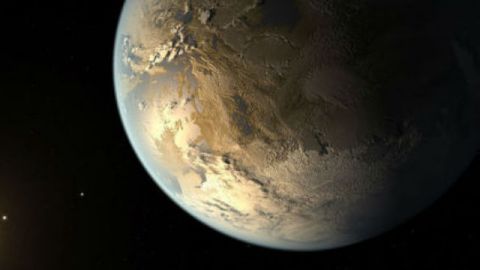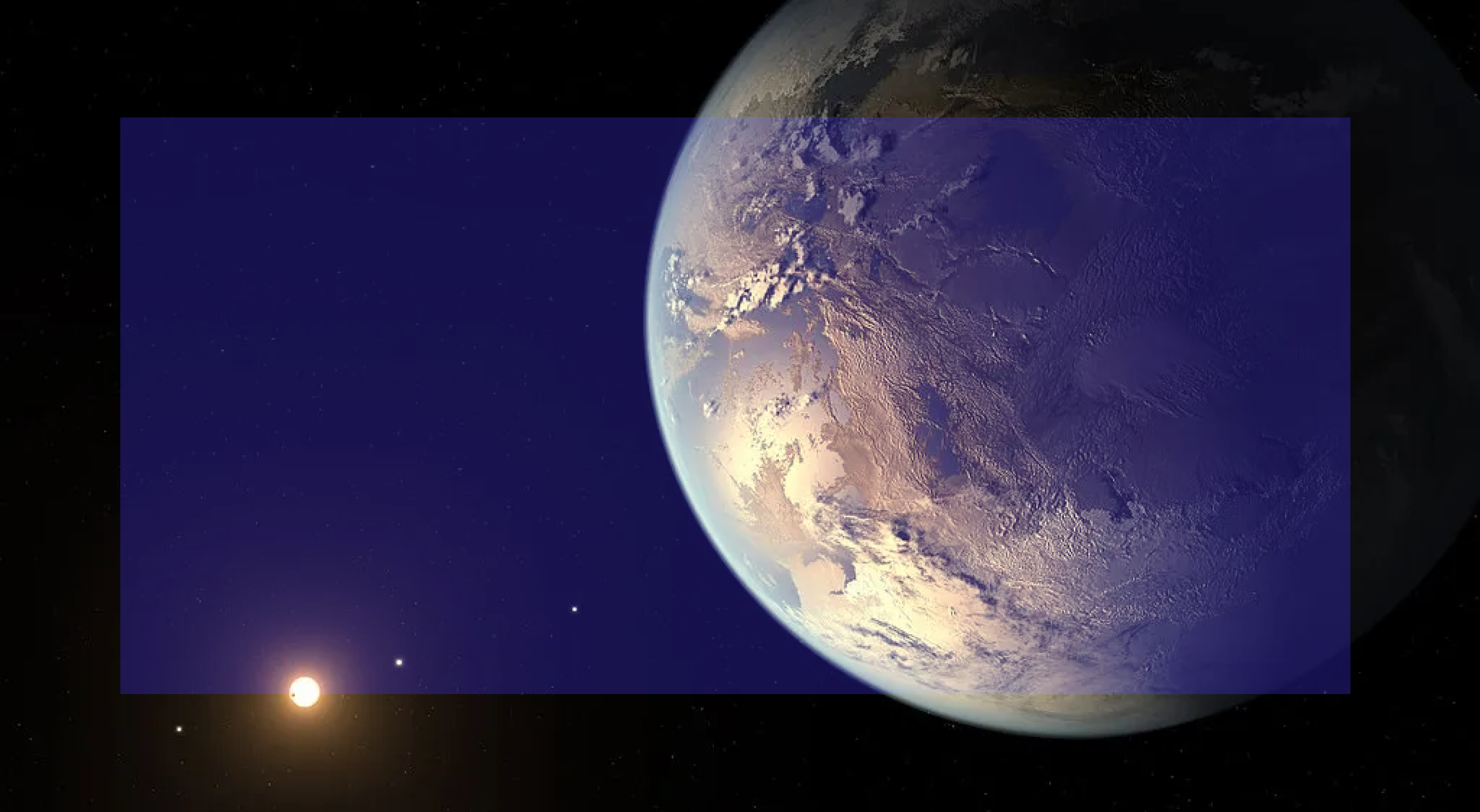Most Earth-Like Planet Yet Discovered

Pack up your bags, because we may have found a new home. As Stephen Hawking warned us, humans must move to a new planet or face extinction. NASA has located the strongest contender yet.
According to the AP, via The Huffington Post:
Astronomers have discovered what they say is the most Earth-like planet yet detected — a distant, rocky world that’s similar in size to our own and exists in the Goldilocks zone where it’s not too hot and not too cold for life.
The find, announced Thursday, excited planet hunters who have been scouring the Milky Way galaxy for years for potentially habitable places outside our solar system.
“This is the best case for a habitable planet yet found. The results are absolutely rock solid,” University of California, Berkeley astronomer Geoff Marcy, who had no role in the discovery, said in an email.
The planet was detected by NASA’s orbiting Kepler telescope, which examines the heavens for subtle changes in brightness that indicate an orbiting planet is crossing in front of a star. From those changes, scientists can calculate a planet’s size and make certain inferences about its makeup.
The newfound planet is being called Kepler-186f (just wait until realtors put a marketing spin on it). Kepler-186f orbits a red dwarf star 500 light-years from Earth in the constellation Cygnus, according to the AP. Ten percent larger than Earth, it may likely have liquid water; evidence of this potential lies in the planet being located in the outer edge of the habitable temperature zone around its star, according to the article. So no freezing or boiling oceans and lakes. But the weather may be overall cooler than earth, “similar to dawn or dusk on a spring day,” says University of California, Berkeley’s Geoff Marcy, one of the astronomers involved in the discovery.
The Huffington Post has more.
Image credit: NASA





